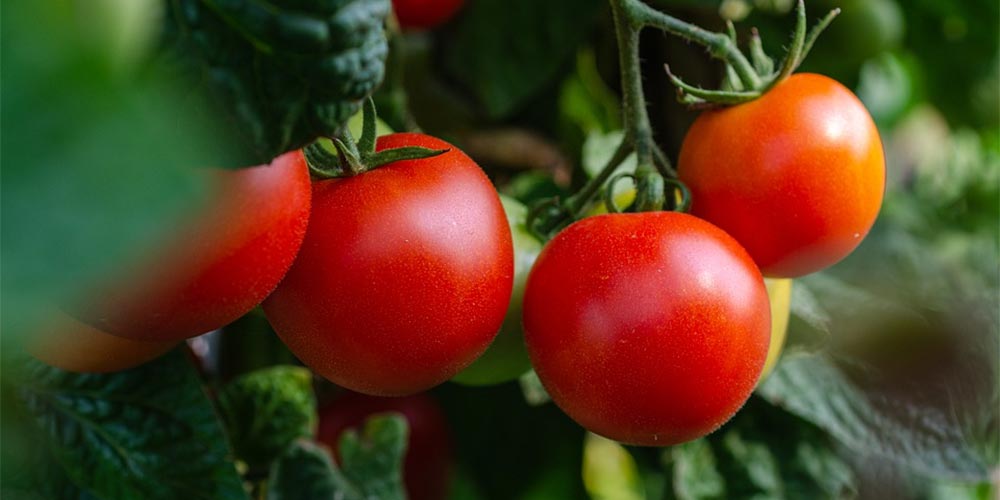
A kitchen garden is what exactly the term means. It has a garden with fruits, herbs, and vegetables that you can harvest and use in your kitchen. It’s a fun hobby that can save you money since you don’t have to buy fresh produce when you have them at home. Plus, you can also be sure that they do not contain any harsh chemicals since you’re the one who grows them. Furthermore, it adds to the aesthetics of your property, and it can also help clean the air, as plants are known for this benefit. If you want to have a kitchen garden, here’s a guide to get you started.
Choose the best area
The location of your garden is essential as it can determine its success or failure. An ideal location receives plenty of sunlight as plants need it to grow. However, some shaded parts should also be there since some plants do not require much sun exposure. Some shade-loving plants include potatoes, radishes, kale, lettuce, basil, parsley, and rosemary.
Decide what to plant in your garden
If you are a beginner, start with vegetables and herbs that are easy to grow. Examples are Asian greens, radishes, cucumbers, pepper, tomatoes, spinach, lettuces, basil, and mint. You can start from seeds or use seedlings, whichever you prefer or which is available.
Build a shed
Besides your plants, you will also need various gardening equipment. As your garden grows, and so do your tools. A shed will give you a space to keep and organise your gardening equipment, so it will be easier to find them when you need them. It will also protect them from outside elements. Plus, it will prevent accidents caused by tools being all around the place. If you live around Norfolk, a Norfolk sheds company can customise one for you.
Ensure proper spacing
Remember that when your plants grow, their roots and branches will spread too. Ensure proper spacing so they can develop to their fullest. If they don’t have ample space, it may halt their growth.
Adopt other planting options
If you don’t have ample space, there are other ways to still come up with a kitchen garden. One way is to use raised beds. It’s ideal if you don’t have much space with soil or your soil is not suitable for planting. Other options are hanging baskets, railing planters, and wall planters. These will let you plant even when you have limited space.
Fertilise the soil
Clean the soil from weeds, and fertilise so it will be ready for planting. There are various ways to fertilise the soil naturally. It will ensure that your plants are not exposed to harmful chemicals. It’s also good for the environment. Composted or aged livestock manure is one of your options. Mulching is another way of naturally fertilising the soil by covering it with mulches like leaves, wood chips, and barks.
Follow the tips above to start your kitchen garden. Also, vegetables and fruits are mostly water, so they need ample water, especially in hot climates. So water them regularly to keep them healthy.
